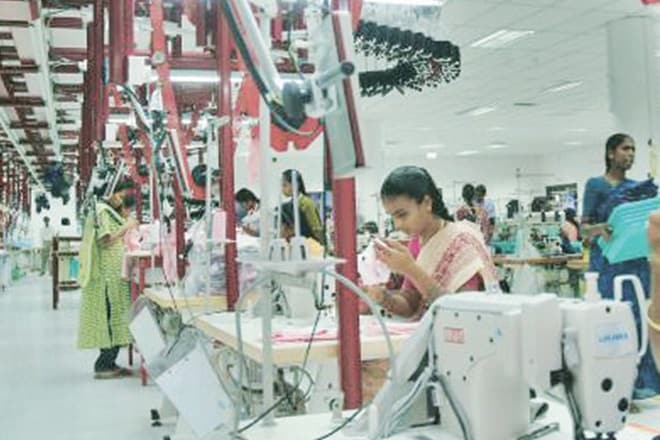In what seems to indicate an improvement in industry-labour relations, incidents of strikes, lockouts and the resultant loss of mandays reduced during the past three years. The number of strikes across industrial units fell to 80 during the January-October period of 2017 from 86 in the same period of 2016 and 97 in 2015. Similarly, lock-outs went down to 11 during the 10-month period of the last year from 15 in the same period of 2016 and 22 in 2015. The mandays lost as a result sharply declined to 13,51,850 in the January-October period of 2017 from 17,84,834 in 2016 and 29,82,790 in 2015. However, the number of workers’ affected due to strikes and lockouts in the 10-month period of 2017 exceeded the respective numbers of 2016 and 2015. While the cumulative number of affected workers were 6,15,350 in 2017; it was 5,65,798 in 2016 and 7,40,524 in 2015.
The progressive improvement in industrial relations augurs well for the country’s investment climate and ranking in the World Bank’s ease of doing business index, where India for the first time stormed into the top 100 list. Immediately after assuming office, the Narendra Modi government took up the long-pending labour reforms with the objective of making India a global manufacturing hub and ensuring the ease of doing business. But many of the proposals aimed at labour market flexibility, as contained in the Industrial Relations Code, are yet to be approved by Parliament. The recent Budget has extended fixed-term employment, which used to exist in the garment and leather industries, to other areas as well.

On the legislative front, the government has enhanced the eligibility limit for payment of bonus from Rs 10,000 to Rs 21,000 per month and the calculation ceiling from Rs 3,500 to Rs 7,000. The Payment of Wages (Amendment) Act, 2017 enables payment of wages to employees by cash or cheque or crediting it to their bank account, thereby limiting scope of unscrupulous employers exploiting workers. The Employee Compensation Amendment Act has strengthened workers’ right.
On the other hand, with an aim to save efforts and costs and reduce the compliance burden of establishments, the government has replaced 56 registers/forms under nine central labour laws with just 5. It has also proposed to provide freedom to operate an establishment for 365 days in a year without any restriction on opening or closing time and enables employment of women during night shifts if adequate safety provisions exist.


